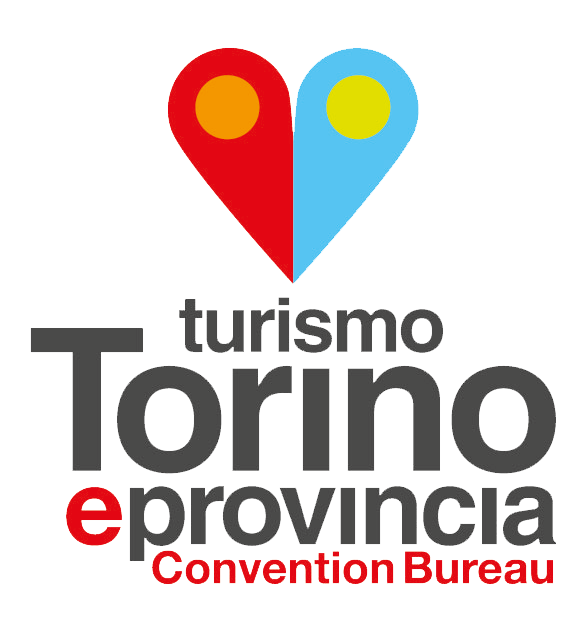Presenter
de Taillac Edmond - École normale supérieure (ENS-PSL), History, Paris, FrancePanel
12 – South Asian Collections in European Museums: Examining their acquisition, display, and futuresAbstract
This paper examines the activities of the French archaeologist Gabriel Jouveau-Dubreuil (1885-1945) as an artefact supplier for the Asian art dealer C.T. Loo (1880-1957) and the Musée Guimet. By investigating these connections, it uncovers the entangled histories of museums and art markets. Best known for his contribution to South Indian archaeology, Jouveau-Dubreuil settled in the French Colony of Pondicherry in 1909. From 1923 onwards, he acquired artefacts for the Musée Guimet and Loo, making himself responsible for the displacement of over two hundred objects, now kept in institutions such as the Musée Guimet in Paris or the British Museum in London. Envisioning his activities as patriotic since most acquisitions took place in territories under British rule, Jouveau-Dubreuil boosted, by his association with Loo, his authority within the field of archaeology, further providing him with significant income. To acquire artefacts, Jouveau-Dubreuil relied on Indian agents, such as Tangavelou Pillai, a member of the French-speaking elite, who dealt with all the individuals involved in the transactions, from corrupted policemen to villagers. Absent from official narratives, these individuals left traces in archives, which allow to recover the part they took in this trade or the resistance they opposed to it. Beyond looting or trade, well-identified by historiography, the acquisitions of artefacts took place in a grey area, which this paper aims to reconstruct.


